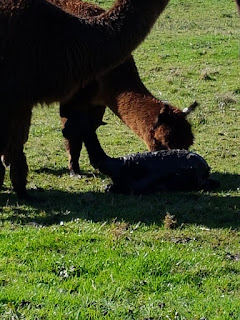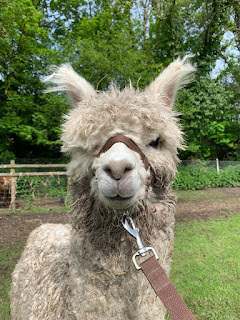Why Should I Adopt an Alpaca?

Why Should I Adopt an Alpaca? Adopting an alpaca is becoming an increasingly popular choice for pet owners looking for a unique and rewarding experience. Alpacas are members of the camelid family, which also includes llamas, camels, and vicuñas. They are native to South America and have been domesticated for thousands of years. Alpacas are gentle, intelligent animals that are easy to care for and make great companions. They require minimal space and can be kept in a variety of environments, from small backyards to large farms. Alpacas are also relatively low-maintenance, requiring only basic grooming and veterinary care. Additionally, they are a great source of natural fiber, making them a valuable asset to any farm or homestead. Adopting an alpaca can be a rewarding experience for both the animal and the owner. alpaca adoption

